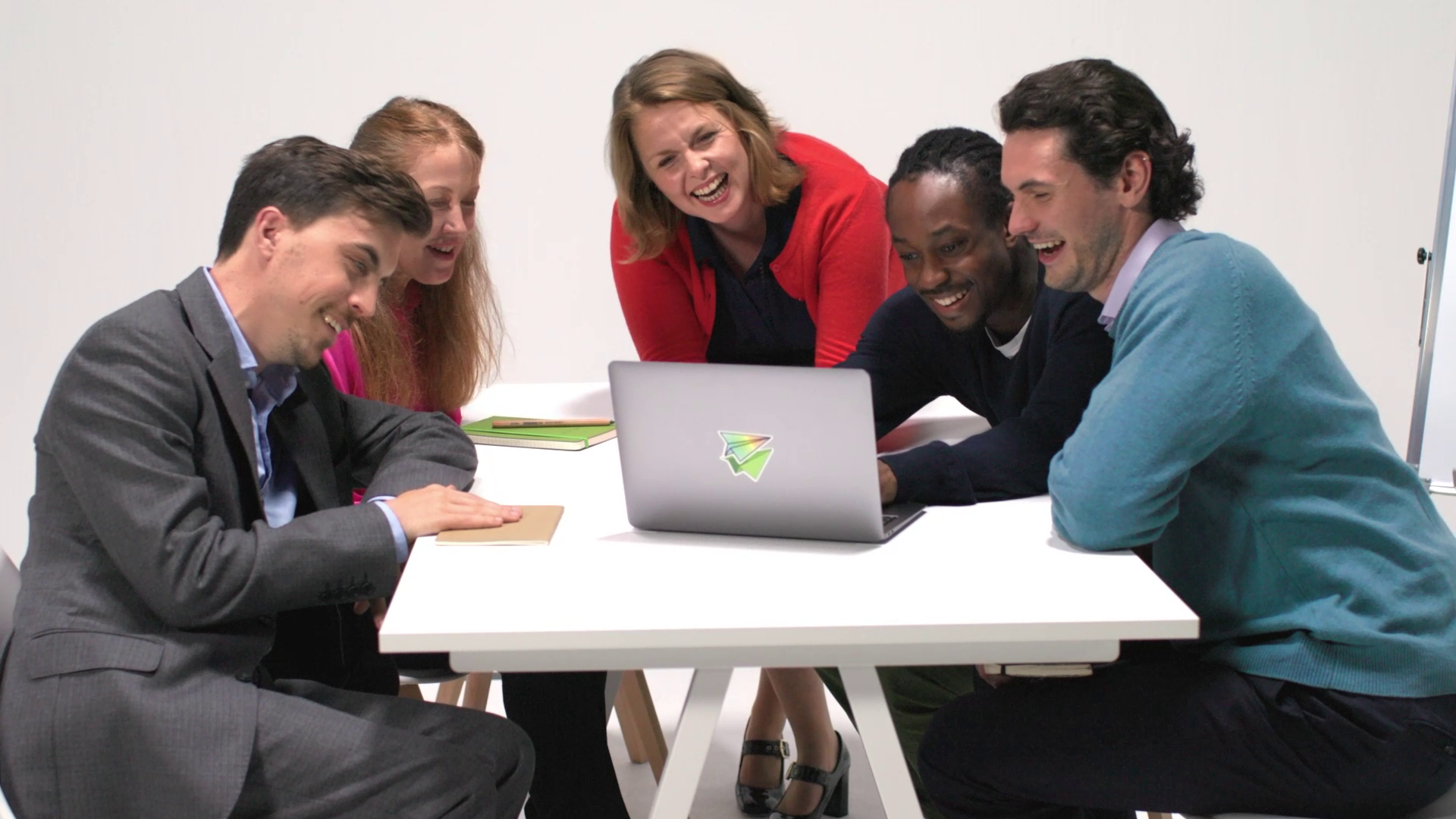Understanding Workplace Connectivity
Workplace connectivity isn’t just about the sugar highs from cake days and casual chit-chat. Sure, we’ll never say no to a slice of red velvet, but connection goes far deeper. It’s what makes work feel human, not just transactional.
It’s the difference between ideas being voiced or quietly buried. Between healthy debate and awkward silence. Between teams walking into meetings with energy or mentally checking out before it’s even started. Connection is the pulse of a thriving workplace; the cake just sweetens the deal.
The Importance of Collaboration in the Workplace
According to the Gallup’s 2025 ‘State of the Global Workplace report’, teams that feel connected are more engaged, more productive, and far less likely to jump ship. Demonstrating that connection isn’t fluff, it’s the scaffolding that holds high-performing teams together.
A key ingredient is psychological safety. When teams feel able to speak up, ask questions, or admit mistakes without worrying about backlash or side eying it leads to more innovation within an organisation.
Let’s dive deeper and answer why connectivity in the workplace matters so much:
- Engagement improves when people feel seen and valued. Engaged teams deliver better performance, higher client satisfaction, and lower turnover.
- Teams with high psychological safety perform significantly better, around 26% better in fact, because they share ideas, admit errors, and learn faster.
- People stay when they feel a sense of belonging. Employees who have a workplace friend, for instance, are more likely to remain and perform well. Friendships create loyalty, resilience, and alignment.
In short, connection is not just a perk. It is what holds everything else together from engagement, innovation, trust, and retention. In today’s hybrid and fast-changing workplace, connection is what separates thriving teams from transactional ones.
Key Challenges to Workplace Connectivity
We’ve covered the value of workplace connections. Now let’s look at where it wavers. You can have all messaging platforms downloaded and stick a company values poster on the breakroom fridge, but how these tools are utilised takes mastering.
For instance, remote workers wouldn’t see that nifty poster and sending them a selfie from the breakroom or a link to the company website would likely make them feel more excluded than involved. And those endless communication platforms? Without clear purpose, they turn into cluttered echo chambers where good ideas go to disappear.
The mistake organisations make is treating connection as a static benefit. It is an ongoing responsibility. A relationship to be maintained, not a box to tick.
Reconnecting in a Hybrid World
Hybrid work has not created disconnection. It has revealed where connection was already weak.
One of the quiet villains of hybrid working is proximity bias. That subtle tendency to favour the people who just so happen to be in the office that day. Studies show that managers unconsciously reward office workers more than remote colleagues, regardless of actual performance. For instance, out of over a thousand employees, 66% agreed that bias exists in favour of those seen more often in the workspace. The result is a kind of unintentional workplace split. Remote workers might find themselves drifting from visibility, no matter how many emails they send or Teams meetings they join.
And it’s not just about recognition. Communication research shows that remote teams lose what’s called “weak ties”, which are those casual connections that often spark new ideas or unexpected insights. These relationships are harder to build through scheduled calls or shared documents. They typically reappear only when teams have moments of real-world overlap. Without them, innovation can stall, and collaboration becomes mechanical.
Proximity bias might be sneaky, but it is not unbeatable. With a few well-aimed habits, organisations can strengthen connection across every corner of the workplace, remote or not.
Here are a few research-backed ways to close the gap:
- Level the playing field in meetings
Instead of turning to the person next to you in a meeting room, try asking, “What do you think?” to the face in the corner of the screen. Better yet, rotate who leads updates. - Swap surveillance for support
Regular, human check-ins build trust far more effectively than hovering over progress reports. Rather than asking “Is that done yet?” go with “How’s that going? Is there anything you need?” It shifts the dynamic from pressure to partnership. - Use tech with intention
Being digitally collaborative has never been easier! Using tools like Google Drive and project management systems allows for collective contribution to be effective and connected no matter how far your workforce spreads. - Celebrate wins across the map
Recognition should travel beyond the office walls.
Overall, workplace connection is about creating a culture where everyone feels they belong, their work matters, and their voice is heard whether they are down the hall or sitting on their sofa at home.
Want Learning That Sticks? Connection’s The Glue
Workplace learning can often fall flat not because it is bad, but because it can come across as irrelevant to an employee’s role.
People forget 70% of what they learn in training within a day. Why? Because it often has nothing to do with their actual work.
Connection fixes this. When people see how learning links to their goals and roles, they remember it and use it. When training is shaped around what matters to them, learning becomes momentum.
That means starting by answering the question “why bother?”, tailoring learning journeys to individual goals, and reinforcing lessons gives employees the answer they seek. Conveniently, and we’ll admit with a touch of pride, this is exactly what we do at Video Arts. Our approach is rooted in making eLearning relevant, memorable, and genuinely engaging, all powered by the unmistakable spark of humour.
Conclusion: Connection Is the Clever Bit
Workplace connectivity is not just a bonus. It is what transforms busy teams into brilliant ones. When people feel truly connected, they speak up more, learn faster, and are far more likely to stick around. It is less about forced fun and more about creating a culture where everyone feels seen, heard, and not just copied in for show.
Building that kind of connection takes thought, consistency, and just the right spark. Luckily, that is exactly where we come in. We make learning stick, and we make it worth remembering.



